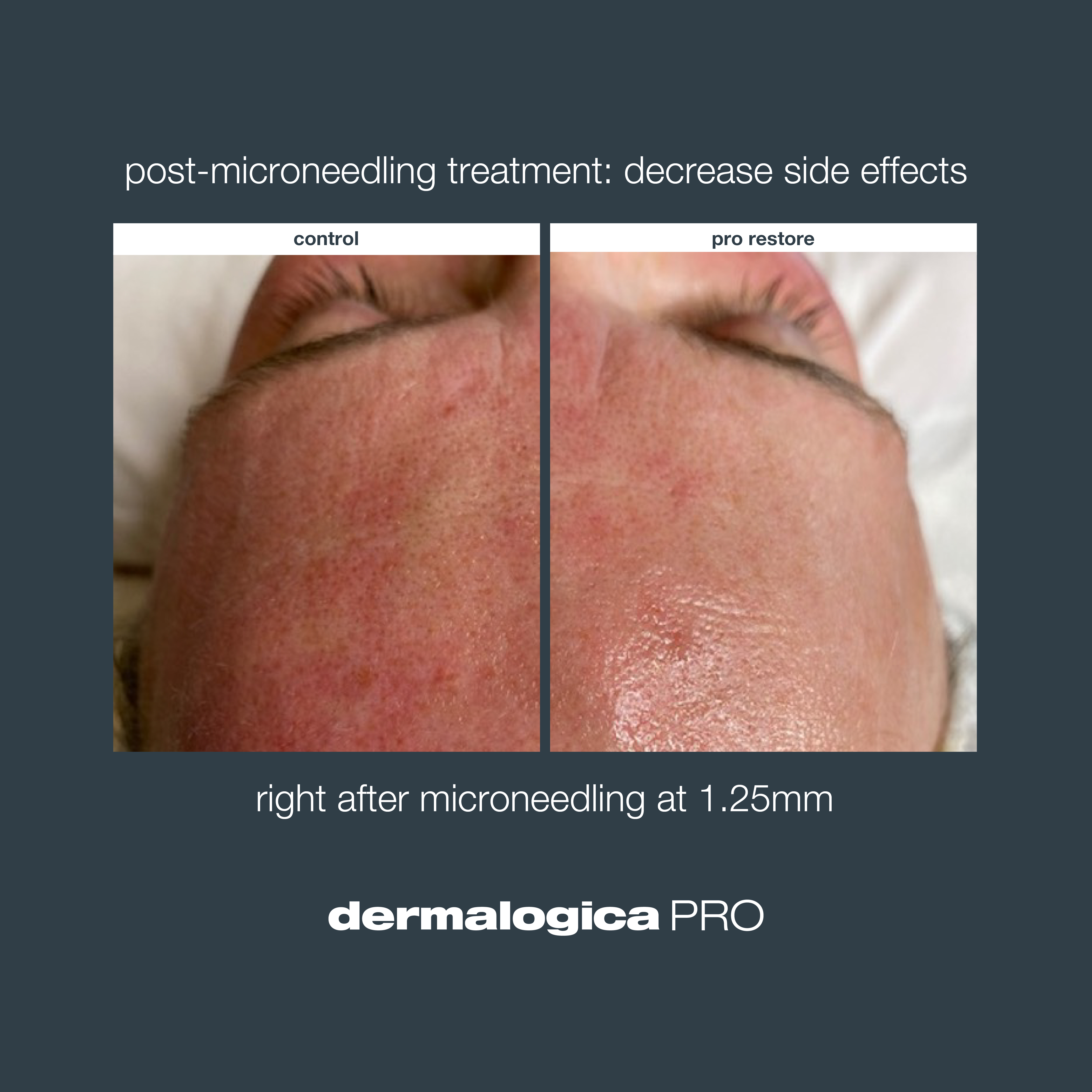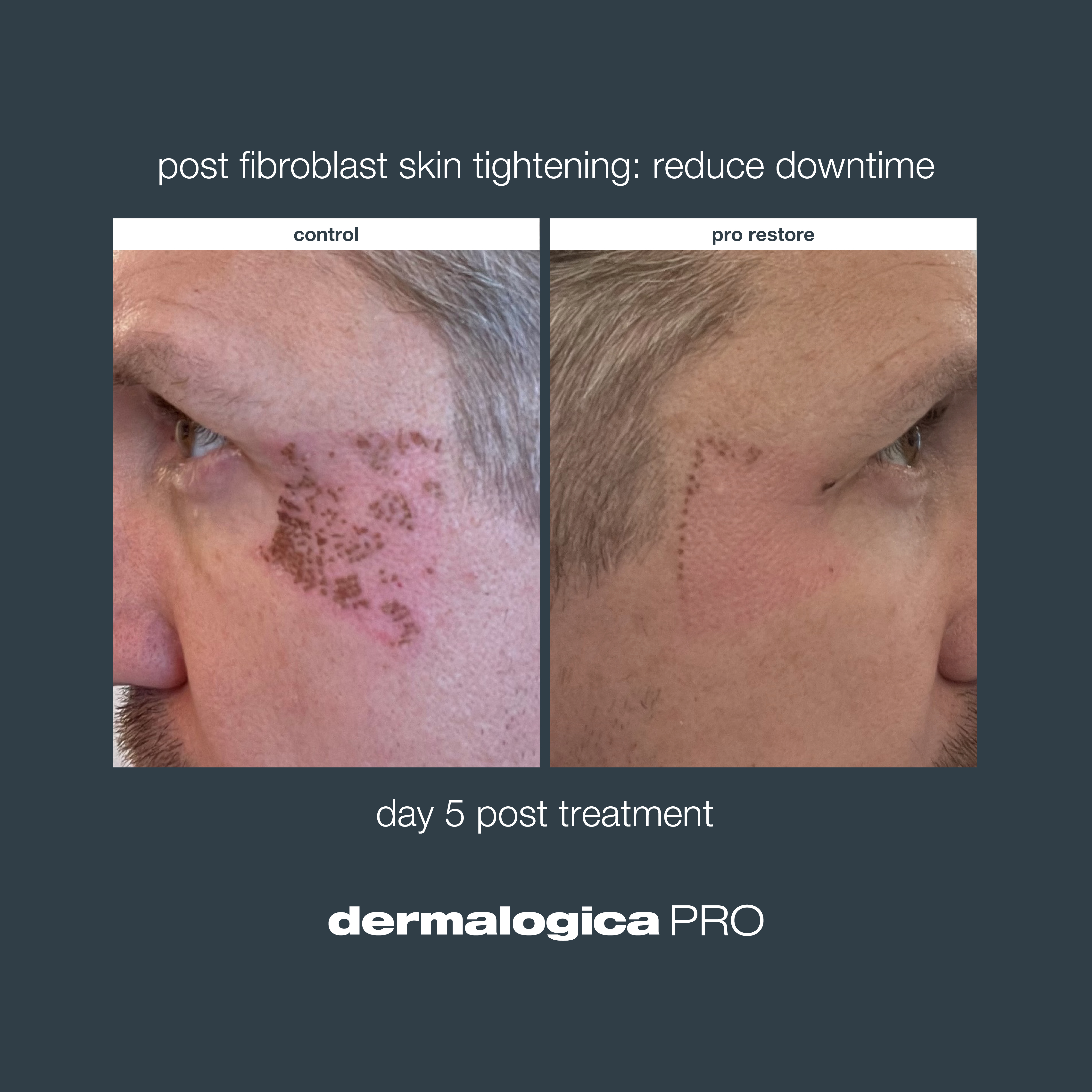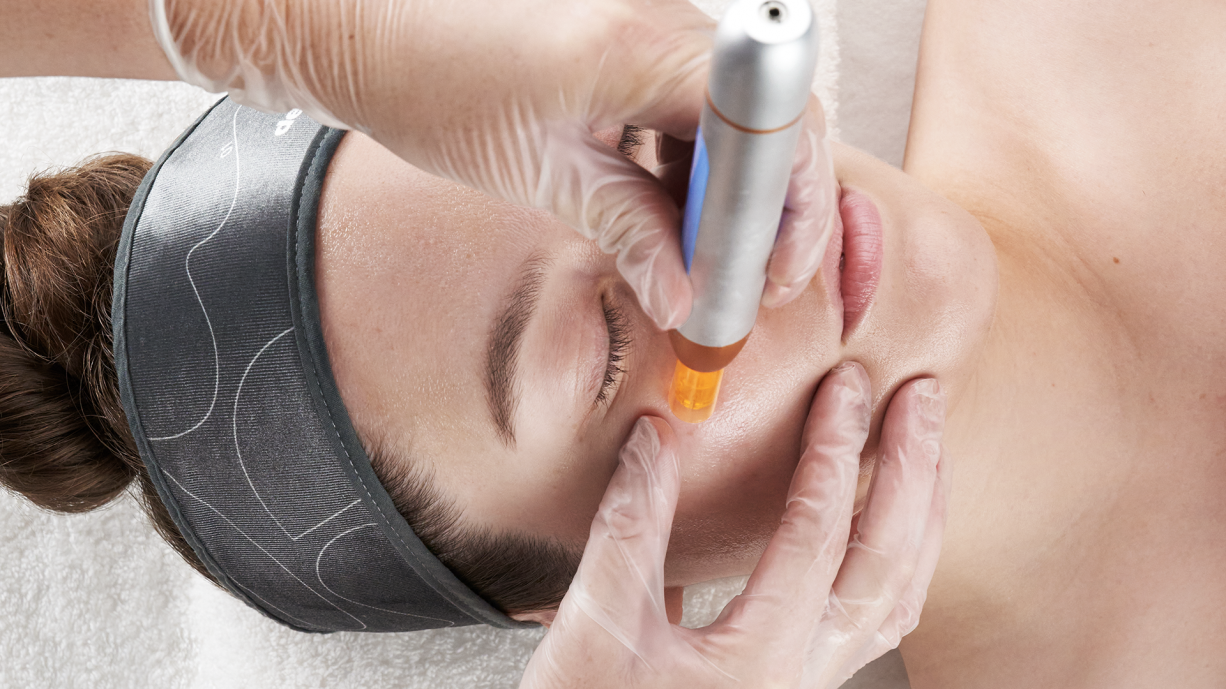Explaining Micro-injury Skin Treatments To Your Clients
Micro-injury treatments are becoming much more highly sought-after services for anyone wanting to address the signs of ageing and sun damage on the skin. It seems that, on the whole, clients are more willing to invest more (financially and timewise) into clinical treatments and are more open about delving deeper than classic facials or mild peels. Despite this, treatments such as needling and laser can still create fear and apprehension in clients, who are scared simply by the name or aren’t sure what to expect. Here’s how you can explain micro-injury treatments in a simple-to-understand way that might leave your clients feeling a little more confident.
Any treatment that creates a controlled superficial wound can be considered a micro-injury treatment. Microneedling, RF (radiofrequency) needling, laser, IPL, and plasma fibroblast may all be categorised as such. When the skin is injured, either by accident or deliberately, a series of events occur within the body that help to fix the damage.
Firstly, the white blood cells move in to clear away any bacteria and signal other immune cell functions. Secondly, cells called fibroblasts work to produce new collagen - as we know, this is the scaffolding of our skin which provides volume, support, and plumpness. Growth factors are also released, which are beneficial for cell proliferation and skin quality. However, the inflammatory cascade is also triggered, including vasodilation (blood to the area) causing heat, and histamine which can cause swelling and itching. This is an essential part of the healing process but can be harmful if it continues for too long, as prolonged inflammation causes cellular damage and premature ageing. The final stage sees the wounded area replaced with new tissue, and collagen continues to form over time, resulting in a look that is firmer with a visible reduction in lines and wrinkles.
Explaining the how and why behind your treatments, as opposed to simply the treatment steps and what to expect afterwards can really help clients feel more at ease and justify their treatment processes. Your treatments are what they are, and there may be some pain involved, so there is little point sugar-coating the details! By explaining what is happening below the skin’s surface in a way they can understand, you also have the opportunity to set your treatment/s apart from others, depending on the exact technology, products, and protocols you have in place.
With the rising normalisation of micro-injury treatments, Dermalogica has formulated their new PRO Restore to assist in reducing downtime and elevating results even further. The serum, which is used before, during and following clinical treatments, helps significantly decrease inflammation and improves skin recovery. PRO Restore features several advanced ingredients that focus on three key benefits to work specifically with micro-injury skin treatments:
Strengthen
- Panthenol (Pro-Vitamin B5) improves hydration and helps to decrease skin damage.
- Mushroom Extract helps to soothe skin.
- Hyaluronic Acid helps hydrate the skin.
Restore
- Omega-3 from Algae helps calm skin to address post-treatment redness and irritation.
- Bacillus Ferment helps balance the skin's microbiome to maintain a healthy barrier.
- Oat Beta Glucan forms a protective film that prevents dehydration and helps skin to restore to normal.
Amplify
- Plant derived Oligopeptide-1 Epidermal Growth Factors improve skin's texture and resilience.
- Polysaccharides from Olive Stem Cells smooths skin and improves skin firmness
- Niacinamide (Vitamin B3) helps fade the appearance of dark spots for a more even skin tone.


Find out more by visiting Dermalogica



